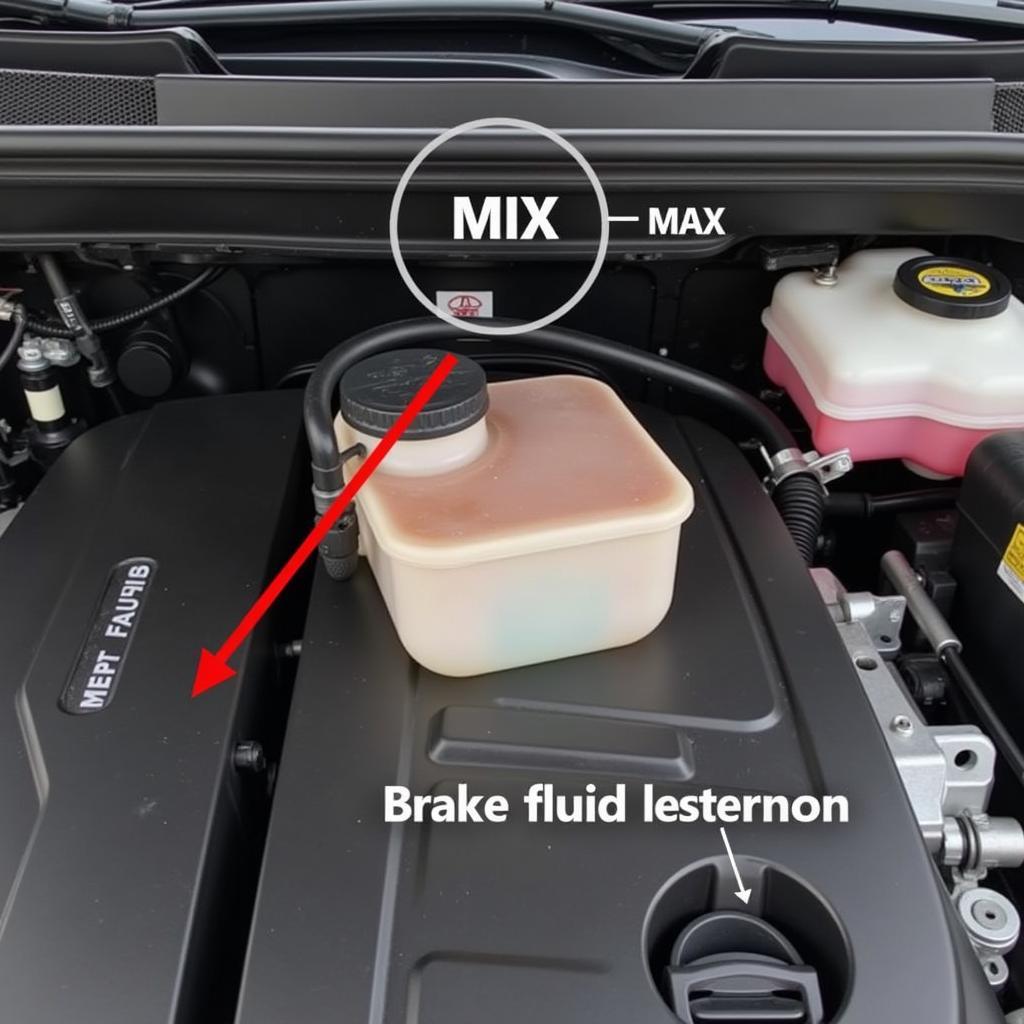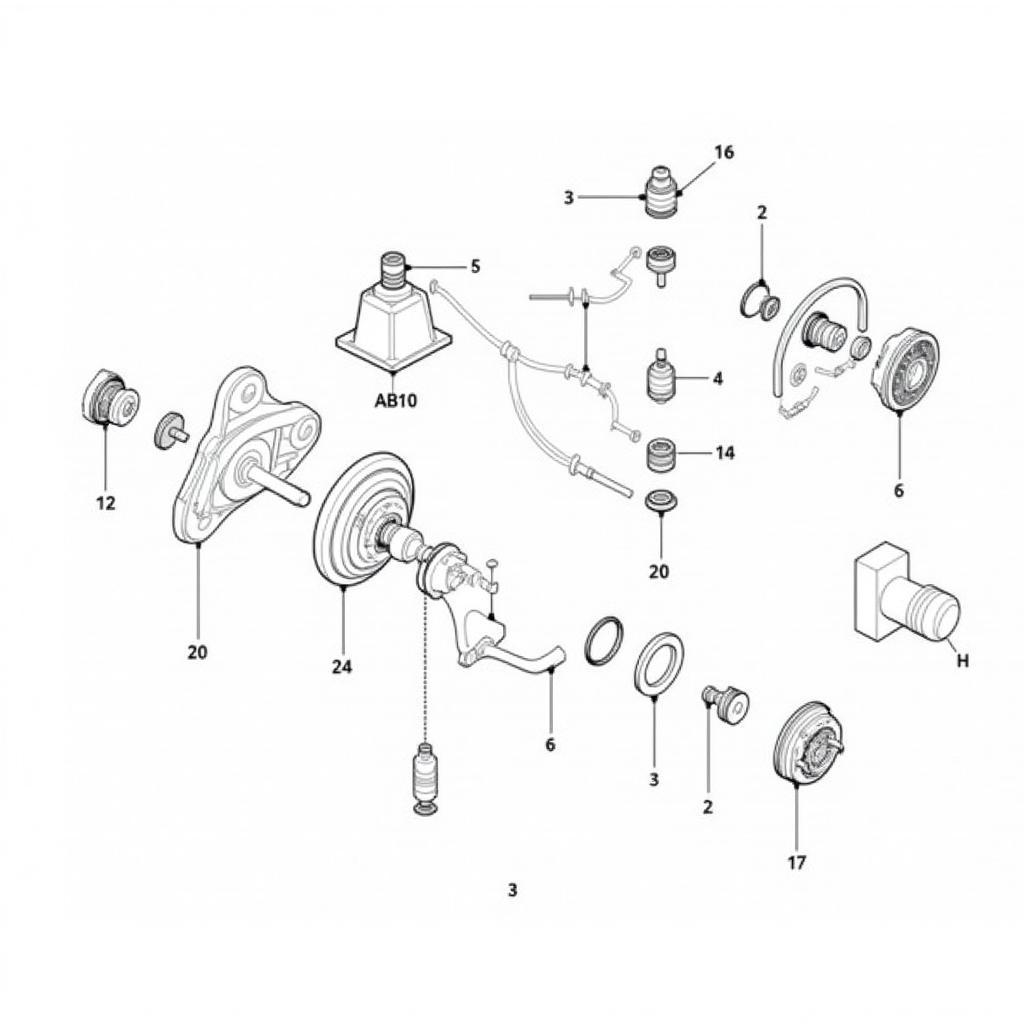Traffic signs activity refers to the dynamic nature of traffic signs, encompassing their visibility, detection, and interpretation by drivers, as well as their influence on traffic flow and safety. It plays a crucial role in modern transportation systems, contributing significantly to road safety and efficient traffic management. This dynamic interaction between drivers and traffic signs is essential for a smooth and safe driving experience. Understanding this activity is key to developing advanced driver-assistance systems (ADAS) and ultimately, autonomous vehicles.
As a specialist in automotive electrical engineering with expertise in remote diagnostics, programming, and software installation, I’ve seen firsthand how important traffic sign recognition is becoming. The ability of a vehicle to “see” and “understand” traffic signs is a major step towards a future where driving is safer and more efficient. This article will delve into the importance of traffic signs activity, its various aspects, and the technologies behind it.
The Significance of Traffic Signs Activity in Modern Driving
Traffic signs activity isn’t just about reading a sign and reacting. It’s a complex process involving multiple factors, from the reflectivity of the sign material to the driver’s cognitive abilities. It encompasses everything from the placement and design of the sign to the environmental conditions that might affect its visibility. Understanding this complexity is crucial for both drivers and automotive engineers.
For drivers, being aware of traffic signs activity means understanding how different factors can impact their ability to perceive and react to signs. This includes factors like weather conditions, lighting, and even the driver’s own fatigue level. For engineers, it means designing systems that can accurately interpret signs under various conditions and provide appropriate assistance to the driver.
How Technology Enhances Traffic Signs Activity
Technological advancements have significantly enhanced our understanding and utilization of traffic signs activity. Advanced Driver-Assistance Systems (ADAS) utilize cameras and sophisticated algorithms to detect and interpret traffic signs, providing real-time information to the driver. This information can be displayed on the dashboard, alerting drivers to speed limits, upcoming turns, and other important road regulations. This not only enhances safety but also contributes to a more relaxed and informed driving experience.
These systems are becoming increasingly sophisticated, capable of recognizing a wider range of signs and adapting to varying lighting and weather conditions. This technology is not just about convenience; it’s about saving lives by preventing accidents caused by overlooked or misinterpreted signs.
The Role of Remote Diagnostics in Maintaining Traffic Sign Recognition Systems
Remote diagnostics plays a vital role in ensuring the ongoing effectiveness of these advanced systems. By remotely monitoring the performance of the traffic sign recognition system, potential issues can be identified and addressed proactively. This allows for timely software updates and calibrations, ensuring optimal performance and reliability.
motion activated traffic signs
What Affects Traffic Sign Visibility?
Several factors can influence the visibility and interpretation of traffic signs. Weather conditions, such as fog, rain, or snow, can significantly reduce visibility, making it difficult for drivers to see and react to signs. Similarly, poor lighting conditions, particularly at night or in tunnels, can also impede visibility.
The placement and design of the sign itself are also crucial. A poorly placed or poorly designed sign can be easily missed or misinterpreted, leading to potentially dangerous situations. Obstructions, such as overgrown vegetation or parked vehicles, can also obscure signs from view.
How Drivers Can Adapt to Varying Traffic Sign Visibility
Drivers can take several steps to improve their ability to see and react to traffic signs under challenging conditions. Maintaining a safe following distance, reducing speed in adverse weather, and staying alert are crucial. Regularly cleaning the vehicle’s windshield and headlights can also significantly improve visibility.
“Proper maintenance of your vehicle’s systems, including regular software updates for your ADAS, is essential for optimal performance of traffic sign recognition,” advises John Miller, a leading expert in automotive electronics and ADAS calibration.
Future Trends in Traffic Signs Activity
The future of traffic signs activity is closely tied to the development of autonomous vehicles. As self-driving technology advances, the ability of vehicles to accurately and reliably interpret traffic signs becomes even more critical. This will require even more sophisticated algorithms and sensor technology.
motion activated traffic signs
How Autonomous Vehicles Rely on Traffic Sign Information
Autonomous vehicles rely heavily on traffic sign information to navigate safely and efficiently. These vehicles use a combination of cameras, radar, and lidar to detect and interpret traffic signs, allowing them to make informed decisions about speed, lane changes, and other driving maneuvers. This reliance on traffic sign data makes the accuracy and reliability of these systems paramount to the success of autonomous driving.
“The evolution of traffic sign recognition technology is intrinsically linked to the progress of autonomous driving,” notes Dr. Emily Carter, a renowned researcher in artificial intelligence and autonomous systems. “Accurate interpretation of traffic signs is not just a feature, it’s a fundamental requirement for safe and reliable autonomous operation.”
In conclusion, traffic signs activity is a critical aspect of modern driving, impacting both safety and efficiency. From advancements in ADAS to the development of autonomous vehicles, technology is playing an increasingly important role in enhancing our understanding and utilization of traffic signs. By staying informed about these developments and practicing safe driving habits, we can all contribute to a safer and more efficient transportation system.
FAQ
- What are the main components of a traffic sign recognition system?
- How does weather affect traffic sign visibility?
- What are the benefits of remote diagnostics for traffic sign recognition systems?
- How do autonomous vehicles use traffic signs for navigation?
- What are the future trends in traffic signs activity?
- What are motion activated traffic signs?
- How can I improve my ability to see traffic signs in difficult conditions?


